Synology SNV3400 NVMe 400GB SSD for NAS Review – Worth Your Cache?
As many of you may no doubt be aware, one of the biggest brands in the world of network-attached storage, Synology, recently took the bold step of entering the world of solid-state drive media. In recent weeks we have seen them bring a selection of SATA and NVMe based SSD to the Prosumer and Enterprise server market. Whilst this brand is one that has been heavily associated with the traditional hardware of the network services over the years, this bold move into the world of providing the SSD media themselves should not come as a huge surprise really. In the last two generations of Synology server hardware, we have seen huge developments in their architecture to incorporate the performance improvements provided by intelligent storage caching. In fact, almost all of their 2020 and 2021 hardware releases support SATA and/or NVMe supported SSD Media in numerous forms from dedicated caching bays and upgrade cards, too fully tailored flash-optimised solutions in their flashstation series. Therefore, one could argue that Synology could have entered this market a great deal sooner. Today I want to look at the new NVMee SSD that Synology has produced for both Diskstations and Rackstation use, as well as to support the latest generation of cache card upgrades in the E10M20-T1 (review here) and M2D20 card (review here). Although there will be obvious comparisons to be drawn between this new SNV3400 SSD and those of the Seagate iIonwolf 510 and Samsung 970 ranges, Synology maintains that their new range of SSD is designed with caching solely in my mind. As it stands, the Synology NAS platform only allows utility of NVMee SSD for caching in the portfolio of NAS systems, with the SATA Synology SSD range (SAT5200) supporting both caching and raw storage utilisation in their traditional NAS and flashstation series. It is with this in mind that when comparing against other SSD, we have to look at three key areas, those of durability, sustained lifetime performance and IOPS.
Synology SNV3400-400G NVMe SSD Review – Quick Conclusion
The Synology NVMe SSD range (3400 and 3500) is a justified move from a brand that knows exactly what it is and does not try to make promises it cannot back up. Right the way back in March when we first learnt about their move into SSD, it was always going to be clear that Synology was making this NVMe SSD for use in their systems for intelligent caching. With an ever-growing focus on the use of intelligent caching in their newer 2020/2021 generation of devices, as well as big improvements in the algorithms used in background caching of DSM 7.0 later this year, Synology are making a bold but understandable move here. The NVMe drive itself seemingly leverages in favour of Read over Write, but that is very much the order of the day for users who have maintained increased storage over time, but a decrease on a performance that comes with the holding of data. The range is in its infancy in terms of the capacity portfolio (with a stronger line up apparent in the 2.5″SATA-5200 SATA series) but I can applaud what Synology is doing here. I just hope it does not come at the expense of support of other drives in their prosumer and SMB ranges in terms of compatibility. Overall – I like it!
Synology SNV3400 NVMe SSD Review – Retail
Unsurprisingly, because this is rather an enterprise-class item, the Synology SNV3400 drive is quite vanilla in its packaging design. That isn’t to say that you can’t easily tell it’s a Synology product, it still has that slick charm, but it is still quite bland packaging
The retail box details a few specifications of the drive but does more to highlight that this SSD drive arrives with 5 years of Synology warranty and that this is a flash media drive that has been designed for optimised used in Synology NAS systems.
Once again, this is an important point as you are paying a bit of a premium here for an SSD, compared with the likes of the Seagate Iornwolf and WD Black 750 PCIe SSDs, but with a drive that has a warranty and manufacturer support that is hinged on its utility in a Synology NAS system, it seems to be a more specialist drive and therefore would traditionally command a higher price. In short, if this Drive is not used in a Synology now system, there is every likelihood that your warranty may be invalid as the drive will be used in an unsupported configuration, thereby limiting reliable technical support from the brand.
Synology SNV3400 NVMe SSD Review – Hardware Build Quality
The drive itself, once you see it without the external packaging is unsurprisingly small – as most 2280 length SSD are. It is worth highlighting that the SNV3400 Synology SSD also arrives in a 22110 length version (the SNV-3500-400G), that arrives with power loss protection (PLP) on board to ensure the avoidance of data corruption in write cache in the event of power failure on your NAS system. This longer SSD is far more geared towards high-end enterprise use, particularly given that currently only the two brand new SSD cache upgrade cards from Synology support the 22110 lengths SSD. This SNV3400 SSD at 2280 length is optimised by Synology for use in their NVMe cache enabled desktop and rackmount solutions (DS920+, DS720+, RS1619xs+, DS1621xs+ to name but a few).
The drive itself looks fairly innocuous at first glance, arriving with the standard controller cache and individual and modules that make up a traditional SSD.
The advertised 400GB of data that is found on the Synology SNV3400 NVMe SSD drive comprises of four individual NAND chips, 2 on either side of the main PCB. Each chip is a Toshiba BiCS3 64-layer TLC NAND cell module, (model TA7AG55A1V) of 125GB capacity each. Although the drive is advertised has 400GB capacity available for caching, this is the result of over-provisioning, which provides additional performance by the drive by utilising excess NAND space as additional file handling room across the processes of the SSD. This is made possible thanks to a tight and well-equipped controller, a Phison PS5012-E12DC.
This controller is an improvement over the PS5007-E7DC controller that came before it, arriving with end-to-end data protection and encryption support. This, used in conjunction with the 3D TLC NAND on those Toshiba cells, provide consistently high read speeds and sustained lifetime IOPS. This controller is also featured on the 21100 NV-3500 drive with it PLP support.
In order to support the controller, maintain those high speeds over PCIe 3×4 and negotiate the over-provisioning, the Synology SNV3400 also arrives with 4GB of DDR4 SDRAM, a single SK Hynix H5AN4G8NBJR module. This is a fairly standard choice, but nice to see they did not cut any corners.
The SNV3400 Synology NVMe SSD drive arrives with a PCIe Gen 3 x 4 NVMe 1.3 interface and it is with that that the drive provides you with the reported 3000MB/s+ sequential Read speed and 550MB/s+ sequential write speeds. Once again, it needs to be highlighted that this Drive is one that has been designed with caching as the primary and only utility of its use and unsurprisingly, the focus is considerably more geared towards Read IOPS and Performance.
Likewise, the NAND and that is featured on either side of of the PCB with its significant degree of over-provisioning results in the reported 500 Terabytes written (TBW) and up to 0.68 Data Writes per Day (DWPD), due in no small part to that higher leverage of the device towards Read for caching.
Likewise, officially reported IOPS performance of this drive arrives at well over 200K read and 40K write randomly (so a similar/higher level of general read IOPS against Intel/Seagate/Samsung – but noticeably lower write in general), however, it is the drives consistent maintaining of these high IOPS within its lifespan that make it such a boon to NAS users looking at improving internal performance via the use of caching alongside their traditionally slower hard drive RAID storage pools.
Synology SNV3400 NVMe SSD Review – Utility
Below are the full official specifications provided to us from Synology on both the SNV3400-400G and SNV-3500-400G SSD for use in cachING:
| Hardware Specifications | SNV3400-400G
|
SNV3500-400G
|
|
|---|---|---|---|
| General | Capacity | 400 GB | 400 GB |
| Form Factor | M.2 2280 | M.2 22110 | |
| Interface | NVMe PCIe 3.0 x4 | NVMe PCIe 3.0 x4 | |
| Performance | Sequential Read (128KB, QD32) | 3,100 MB/s | 3,100 MB/s |
| Sequential Write (128KB, QD32) | 550 MB/s | 550 MB/s | |
| Random Read (4KB, QD256) | 205,000 IOPS | 205,000 IOPS | |
| Random Write (4KB, QD256) | 40,000 IOPS | 40,000 IOPS | |
| Endurance and Reliability | Terabytes Written (TBW)* | 500 TB | 500 TB |
| Drive Writes Per Day (DWPD) | 0.68 | 0.68 | |
| Mean Time Between Failures (MTBF) | 1.8 million hours | 1.8 million hours | |
| Uncorrectable Bit Error Rate (UBER) | < 1 sector per 1017 bits read | < 1 sector per 1017 bits read | |
| Power Loss Protection | – | ||
| Warranty* | 5 Years | 5 Years | |
| Notes |
|
||
| Power Consumption | Supply Voltage | 3.3V (± 10%) | 3.3V (± 10%) |
| Active Read (Typ.) | 3.2 W | 3.7 W | |
| Active Write (Typ.) | 3.2 W | 3.4 W | |
| Idle | 2.0 W | 2.0 W | |
| Notes | Power consumption may differ according to configurations and platforms. | Power consumption may differ according to configurations and platforms. | |
| Temperature | Operating Temperature | 0°C to 70°C (32°F to 158°F) | 0°C to 70°C (32°F to 158°F) |
| Storage Temperature | -40°C to 85°C (-40°F to 185°F) | -40°C to 85°C (-40°F to 185°F) | |
| Others | Size (Height x Width x Depth) | 3.5 mm x 22 mm x 80 mm | 4.5 mm x 22 mm x 110 mm |
| Certification |
|
||
Now, there is a lot to unpack there in the official specifications presented to us from Synology. Those who are familiar with the likes of the Seagate Ironwolf 510 and Samsung 970 series will no doubt notice that these drives seemingly have that lower right performance both in terms of IOPS and traditional transmission speed (MB/s etc). Power consumption whilst the drive is in use or idle is quite comparable, as is the general read performance for a PCIe gen 3 x 4 drive. The drive writes per day does seem a pinch lower than those found in the Seagate ironwolf 510 and Intel DCS (some of which hit 1.0 DWPD), as well as both ranges currently having a wider array of capacities available (something that can be put down to time in the market place tbh). However, Synology counter this point by highlighting that the SNV3400 Drive is designed in conjunction with their NAS systems and is therefore completely tailored to utilisation in intelligent caching with their NAS platform. This tailoring extends to those upgrade cards currently in the Synology expansion card lineup that support these SSD, with their respective compatibility lists firmly placing their SSDs as the recommended Drive of choice.
Many users reading this article may already have a Synology NAS system that arrived with NVMe SSD caching bays, such as the brand new DS920+ or the DS720+, and chances are have already purchased/installed Samsung, Seagate or WD SSD in those setups. The really interesting move to ponder is what’s going to happen in Synology NAS in the future. Hypothetically, if Synology highlight that their own tailored SSD will be the only option to get the very best performance out of your NAS system (due to that development parity), should users be concerned? Or should they welcome the direction to get the best option on day 1 (much like the Synology official memory being guaranteed 2666Mhz memory being the de facto choice)? It is still early days with only the SNV3400 and 3500 NVMe SSD arriving in 400GB at this time, but one can imagine this range expanding rapidly and challenging the majority of storage rivals. It is abundantly clear that Synology is looking beyond the commercial sector of storage for comparison and is squarely aiming at data centre class Intel drives to be the preferred choice to switch from. For read caching, I think they make an excellent point.
Important – Software Testing
Currently, Performance testing of the Synology SNV3400 series is happening as we speak and this article will be updated as soon as the results are released on our YouTube channel. This should not take much longer and this article will be updated below according. Below are the testing currently in progress:
Synology NAS – SATA vs NVMe SSD Caching Tests – https://nascompares.com/2020/07/20/synology-nas-sata-vs-nvme-ssd-caching-test
Synology SA3400 Cache Performance Testing – Coming Soon
Synology DS920+/DS720+ Cache Performance Testing – Coming Soon
Synology SNV3400-400G vs Seagate Ironwolf 510 Performance Comparison – Coming Soon
Synology SNV3400-400G vs Samsung 970 PRO Performance Comparison – Coming Soon
Given that the Synology SNV3400-400G drive is one that has been designed with NAS caching in mind, these tests are to be conducted within the Synology NAS system in real-world testing environments that potential users can relate to- stay tuned!
Synology SNV3400-400G NVMe SSD Review – Verdict
Based on hardware and ingenuity alone, I have to give Synology full marks on this. NAS brands are always trying to expand their range towards accessories and ultimately spread into the rest of the network environment(eg memory, NICs, Routers, Switches, etc), but these SSD are an exceptionally mature move from the brand. The Synology NVMe SSD range (3400 and 3500) is a justified move from a brand that knows exactly what it is and does not try to make promises it cannot back up. Right the way back in March when we first learnt about their move into SSD, it was always going to be clear that Synology was making this NVMe SSD for use in their systems for intelligent caching. With an ever-growing focus on the use of intelligent caching in their newer 2020/2021 generation of devices, as well as big improvements in the algorithms used in background caching of DSM 7.0 later this year, Synology are making a bold but understandable move here. The NVMe drive itself seemingly leverages in favour of Read over write, but that is very much the order of the day for users who have maintained increased storage over time, but a decrease on a performance that comes with the holding of data. The range is in its infancy in terms of the capacity portfolio (with a stronger line up apparent in the 2.5″SATA-5200 SATA series) but I can applaud what Synology is doing here. I just hope it does not come at the expense of support of other drives in their prosumer and SMB ranges in terms of compatibility. Overall – I like it!
| Synology SNV3400-400G Pros | Synology SNV3400-400G Cons |
|
|
|
SNV3400-400G
|
SNV3500-400G
|
|---|
🔒 Join Inner Circle
Get an alert every time something gets added to this specific article!
This description contains links to Amazon. These links will take you to some of the products mentioned in today's content. As an Amazon Associate, I earn from qualifying purchases. Visit the NASCompares Deal Finder to find the best place to buy this device in your region, based on Service, Support and Reputation - Just Search for your NAS Drive in the Box Below
Need Advice on Data Storage from an Expert?
Finally, for free advice about your setup, just leave a message in the comments below here at NASCompares.com and we will get back to you. Need Help?
Where possible (and where appropriate) please provide as much information about your requirements, as then I can arrange the best answer and solution to your needs. Do not worry about your e-mail address being required, it will NOT be used in a mailing list and will NOT be used in any way other than to respond to your enquiry.
Need Help?
Where possible (and where appropriate) please provide as much information about your requirements, as then I can arrange the best answer and solution to your needs. Do not worry about your e-mail address being required, it will NOT be used in a mailing list and will NOT be used in any way other than to respond to your enquiry.

|
 |
Beelink ME Pro NAS Revealed
Best SOLID STORAGE NAS of 2025
Should You Worry About the NanoKVM Hidden Microphone?
Best Cheap NAS of 2025
Minisforum MS-02 Ultra - WHO IS THIS FOR??? (The First 48HRs)
Why People Use TrueNAS, UnRAID and Proxmox to Turnkey NAS (Synology, QNAP, etc)
Access content via Patreon or KO-FI





Discover more from NAS Compares
Subscribe to get the latest posts sent to your email.


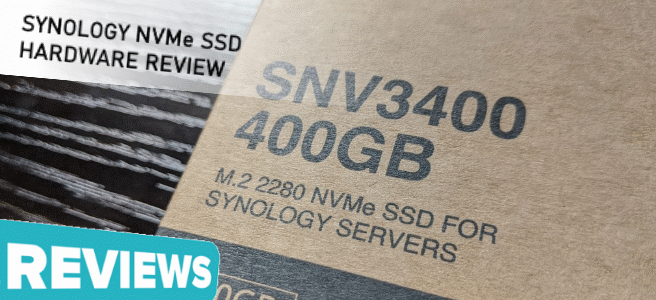
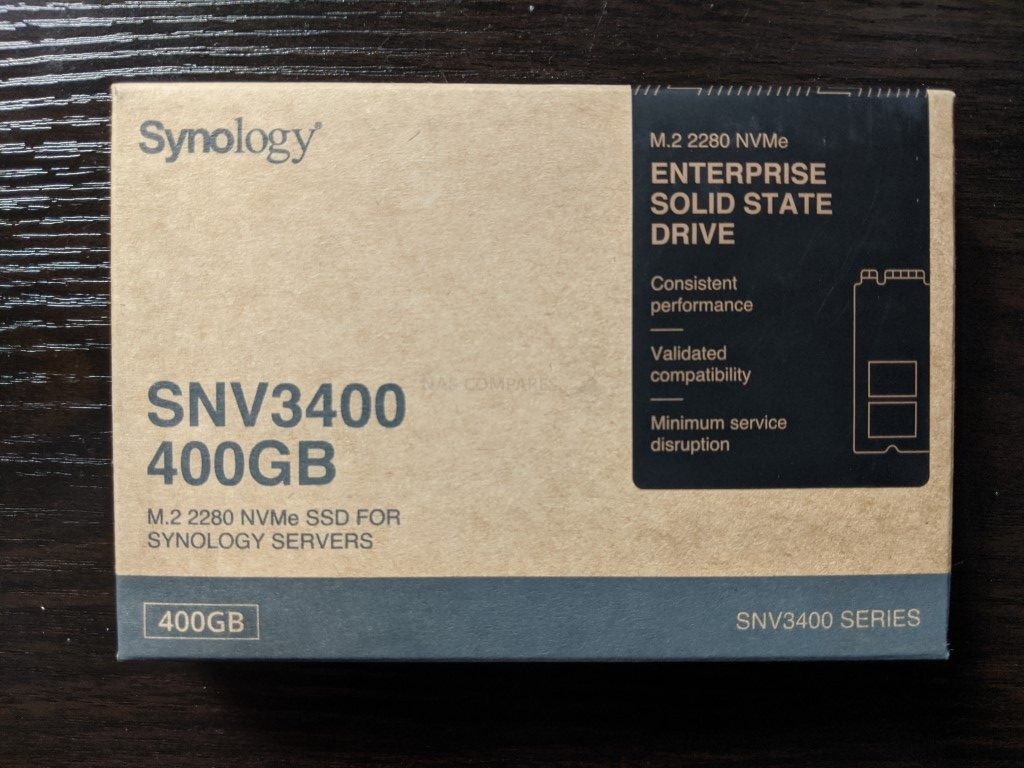
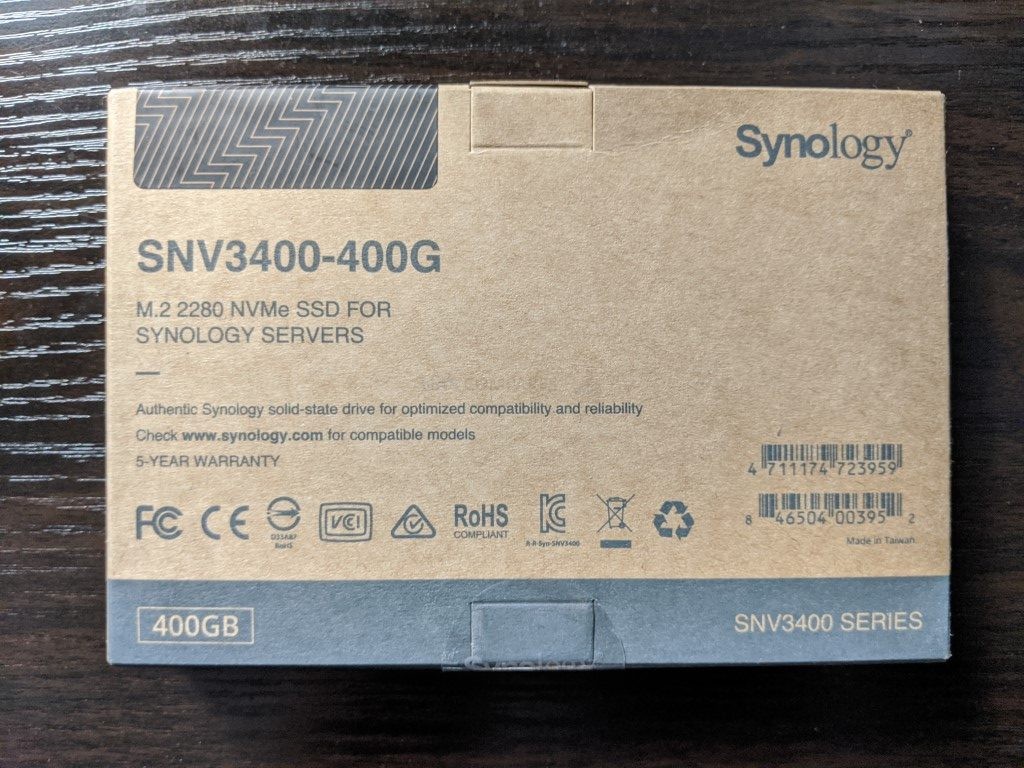
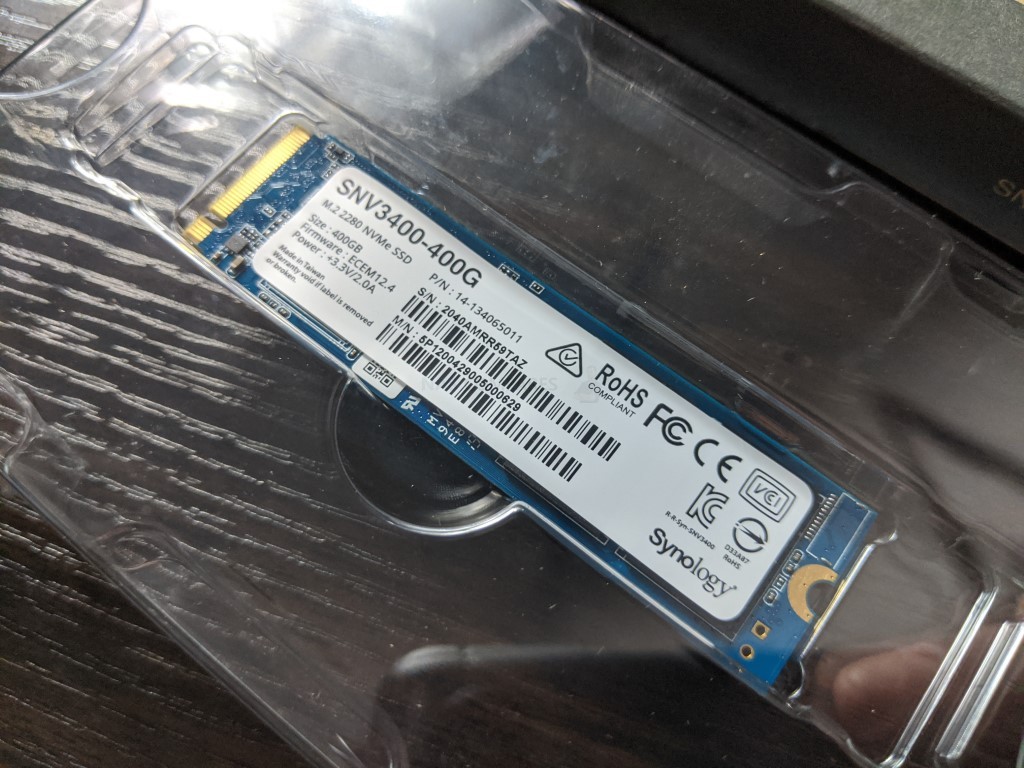
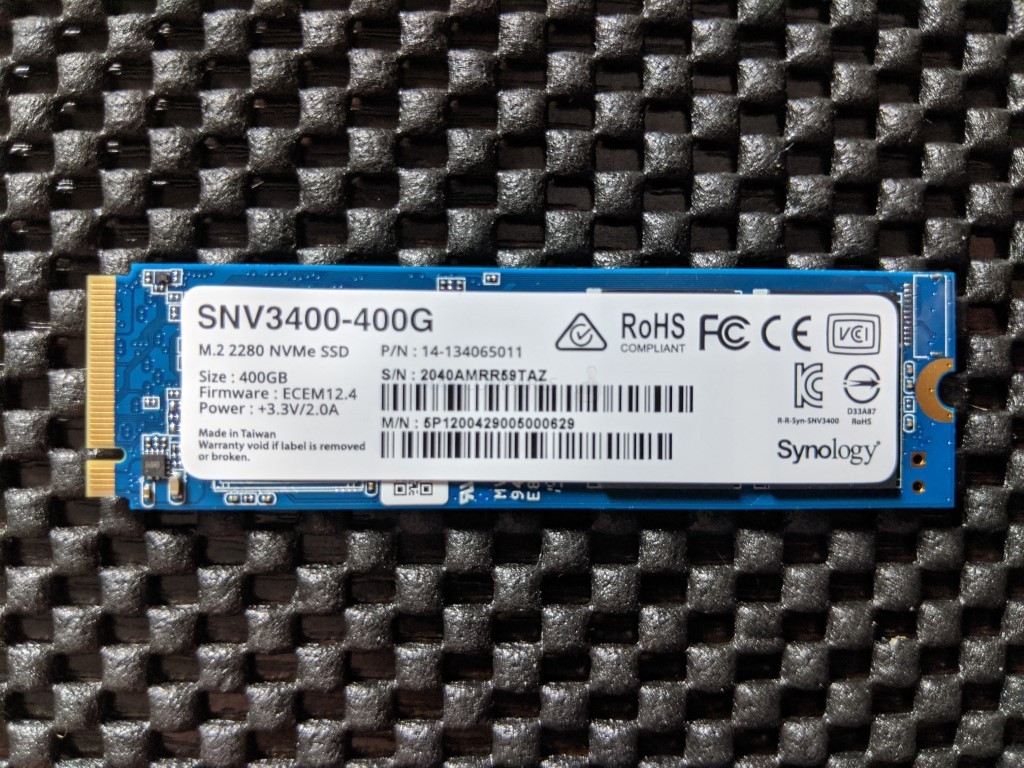
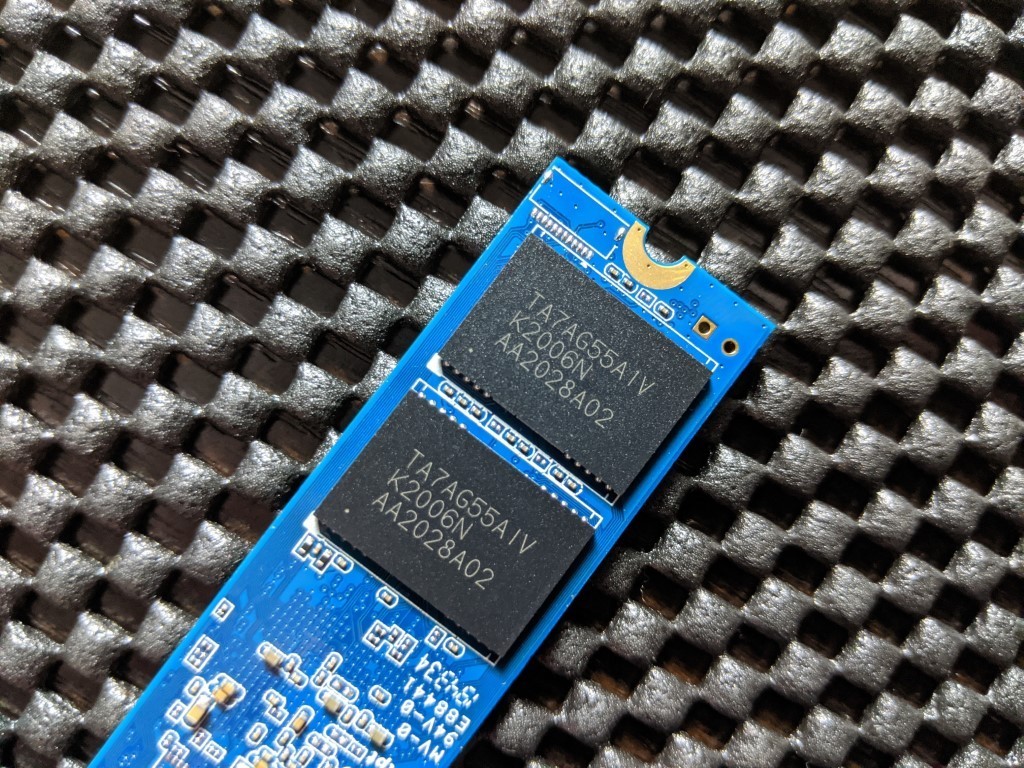
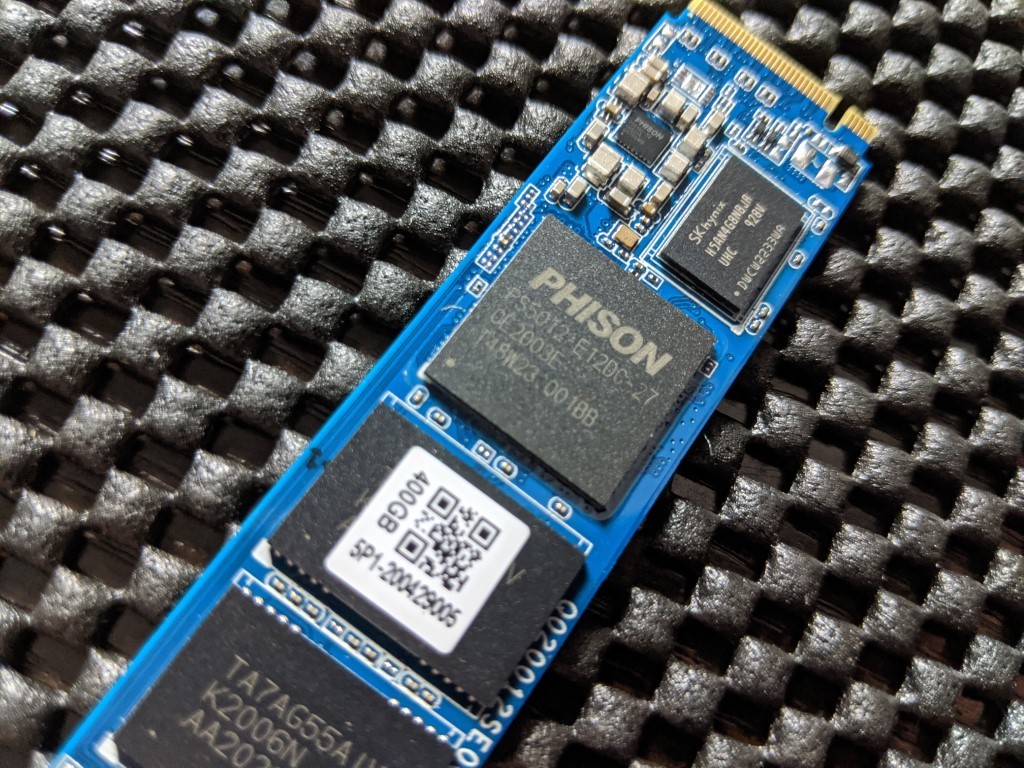

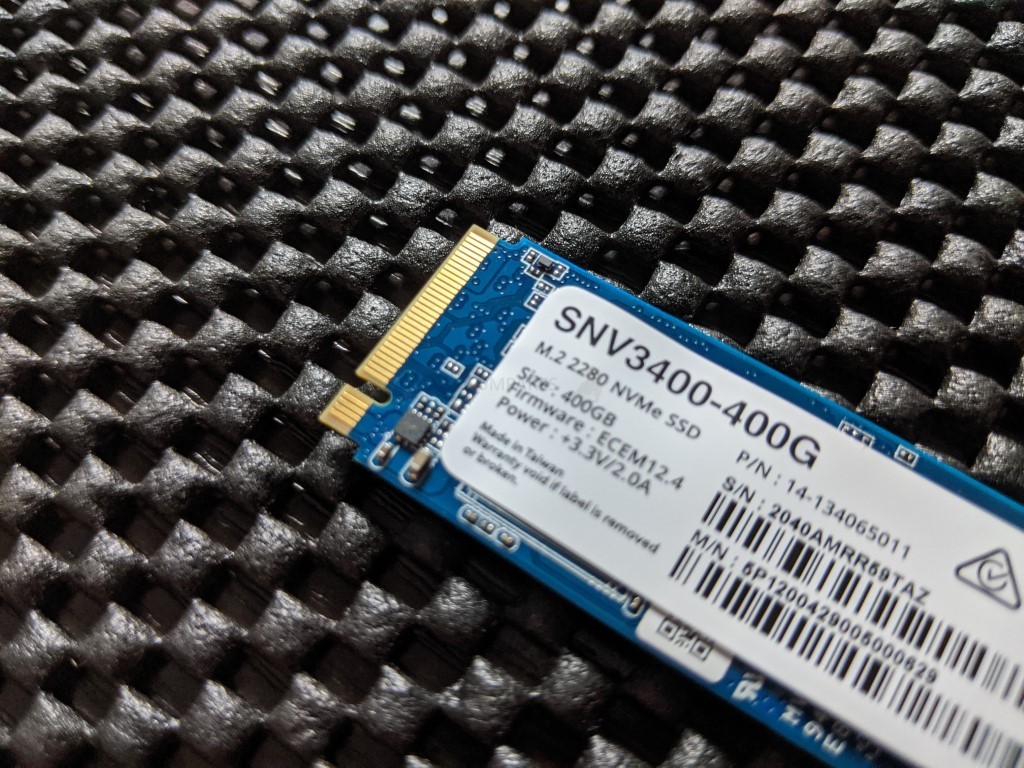
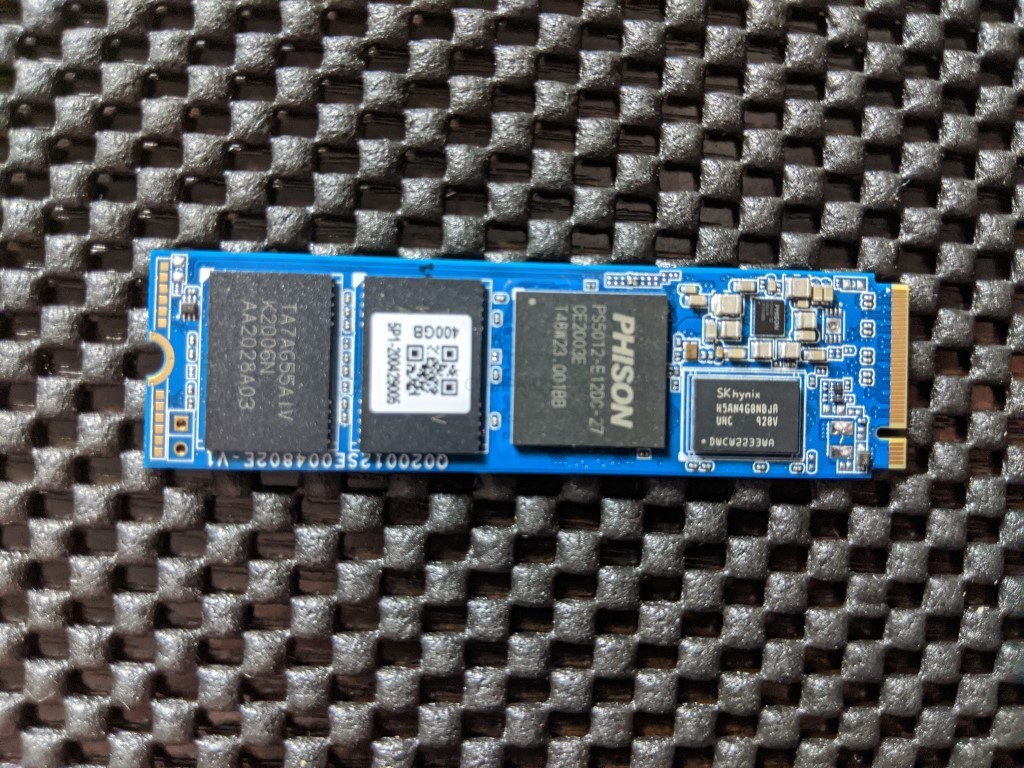




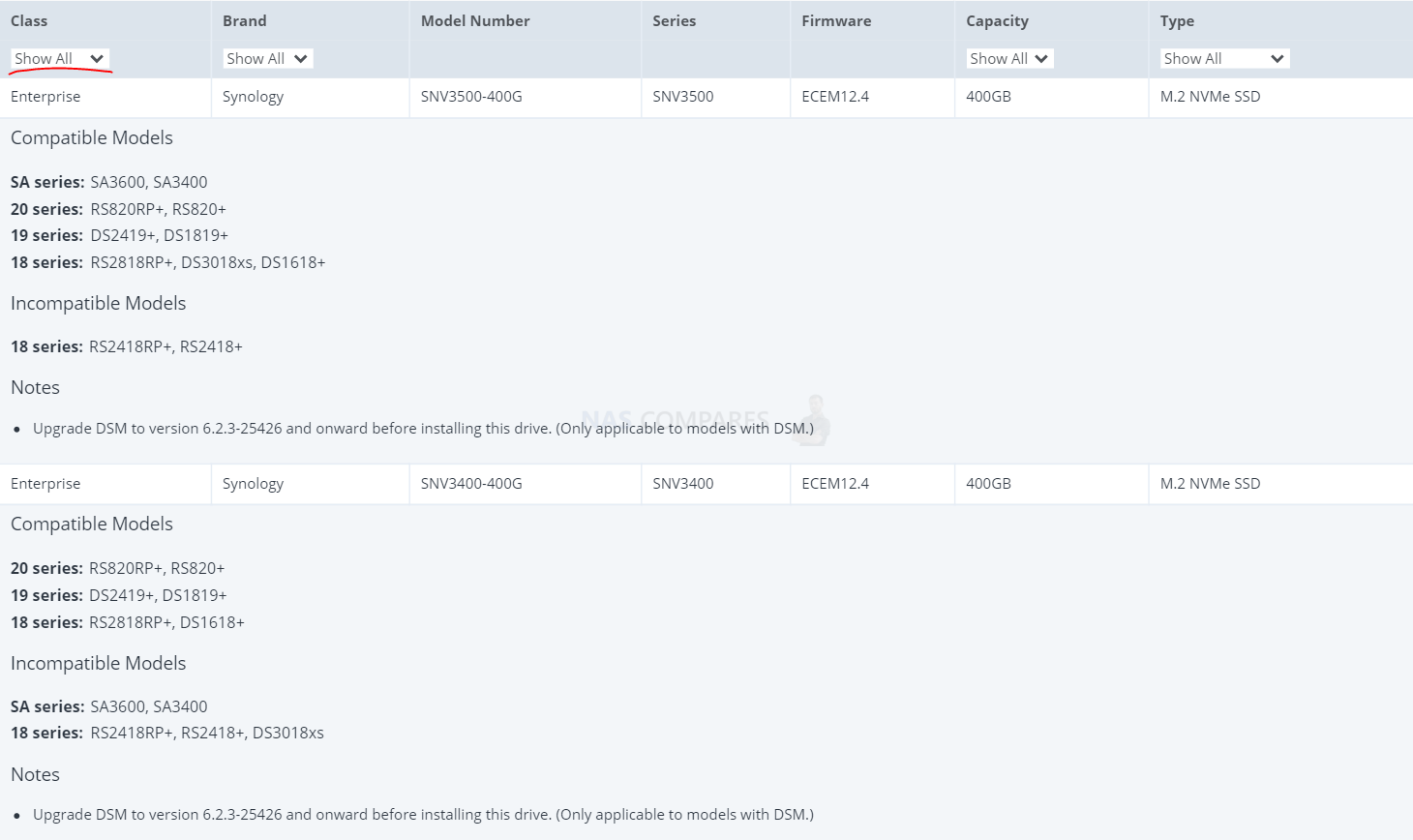
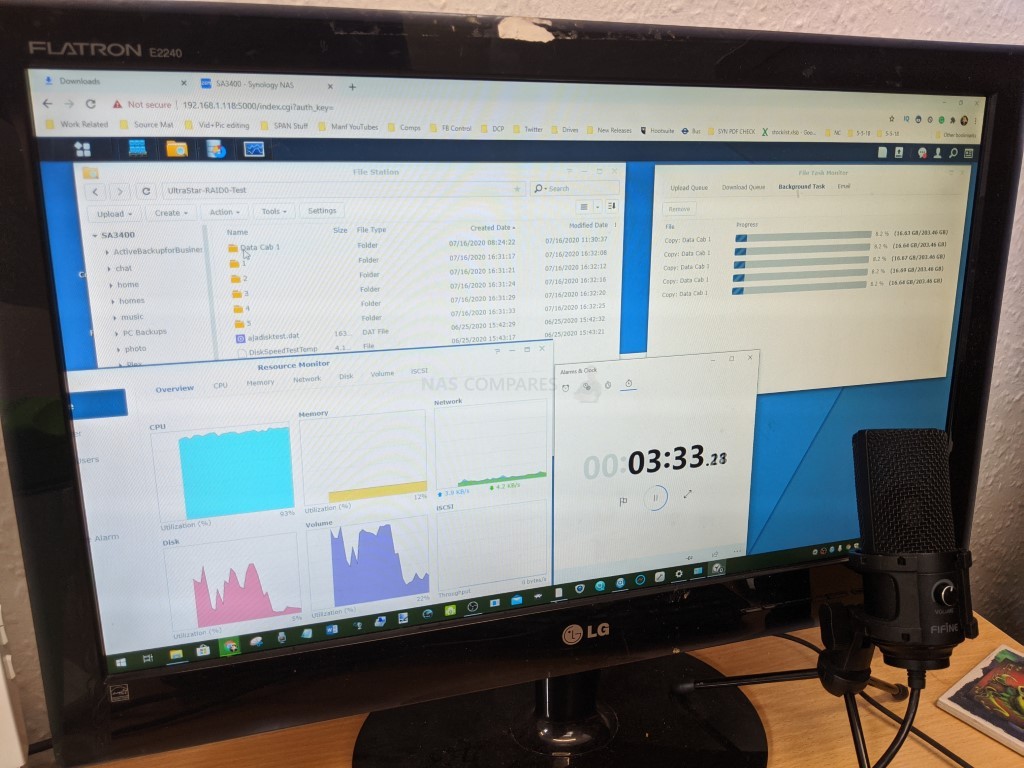
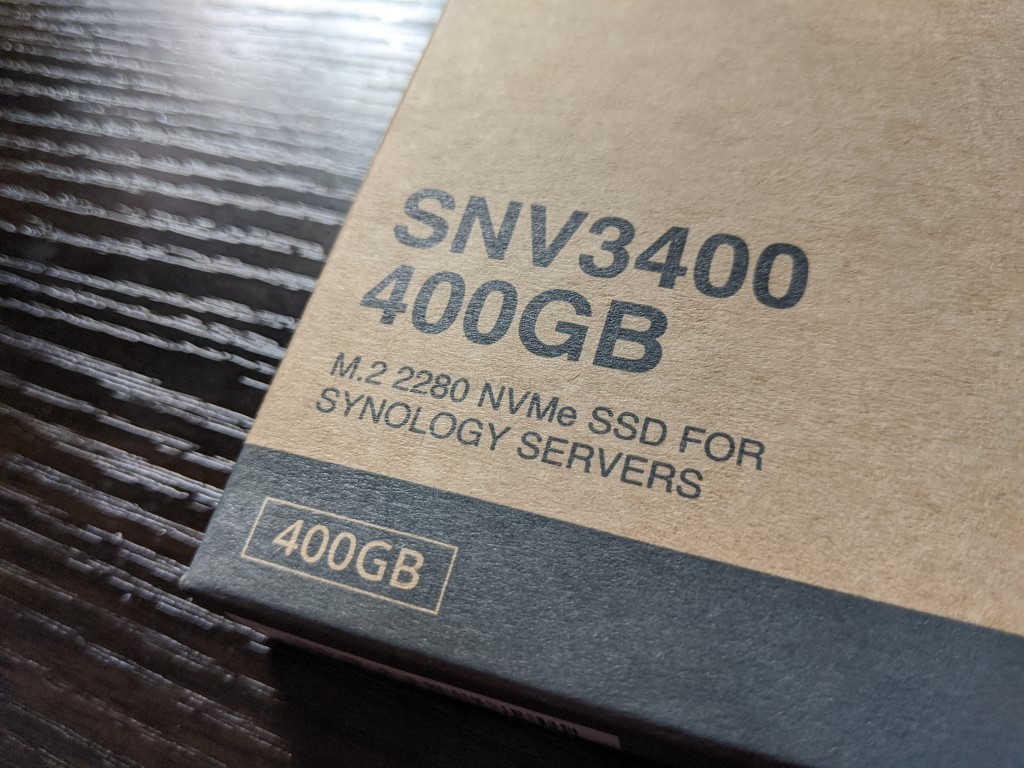



used on DS1819+ ; This device is not good, either Network or cache, both together results in poor performance – returning my card & very disappointed
REPLY ON YOUTUBE
I had problem about my synology nas
And Steve Baker
Technical Support Engineer write me about my problem that
We are sorry to hear that your DS218 has to be reset. This is likely caused by an issue in the DSM operating-system.
We understand that you are worried about losing your data. Please rest assured, your data should not be affected by the reset as the OS and data are stored in separate partitions on the drives. When re-installing the OS, the system should normally not touch the data-partitions of your drives.
I beleived and i did what he said now all my data erased omg i shocked after sir Steve Baker dissepeared i am alone there is nothing in my hands
Synology is regret bad nas choose qnap there isnt good support for problemss !!!
There is no good service and support becarefullll!!!
REPLY ON YOUTUBE
Wonderfull video, learned a lot
REPLY ON YOUTUBE
I almost got this card until you said “Cache only”… Thanks for the headsup!
REPLY ON YOUTUBE
Thanks for the video, any idea on compatibility with this card and a RS3618xs with 3rd party NVME?
REPLY ON YOUTUBE
Really wish they would release an SFP+ version. A lot less heat for one.
REPLY ON YOUTUBE
Such an awesome video, your attention to detail and explanations are fabulous. I found this test so helpful. Excellent, and thank you.
REPLY ON YOUTUBE
If they actually cared about dissipating heat, the heat sinks would go the other way.
REPLY ON YOUTUBE
I would highly advise that you NEVER use r/w caching. Stick to read only. Even in a Raid 1 config there is a high probability that you lose your volume if as SSD goes down.
REPLY ON YOUTUBE
Copying same file directory with same files inside has an automatic caching of them, not mentioned in the test. Good test to see how things work, but again, inherent caching effects built into the system must have been used, or the software is not too great at cache control.
REPLY ON YOUTUBE
Couldn’t you map a shared folder to a drive letter, then run something like Crystal Disk Mark on the mapped drive?
REPLY ON YOUTUBE
Any chance you could test this card on a Windows 10 or Windows server 2019 machine? How about Truenas Scale?
REPLY ON YOUTUBE
Is the controller Sata 3 or 6?
REPLY ON YOUTUBE
Do they do a dual 10gbe & nvme card?
REPLY ON YOUTUBE
The data itself is on an HDD from the beginning. Seems you are testing the read limits of your HDD, thats all. I’m copying 12GB of data to an NVMe storage in less than 1 minute, and thats with USB3.0. With thunderbolt it’s only a few seconds. The limiting factor is then your connection speed like 1GBE or 10GBE. Copying internally without any connection should do the best out of it, but your limit is the reading speed of your HDD, where the data is stored.
REPLY ON YOUTUBE
Thank you. Would you have any answer for the following issue. I need help :
Recently just bought and installed the E10M20-T1 – 10 Gbe card on the 1621+ nas. I installed this card without the NVMe attached on it. However – since nowhere is mentioned if one should or not – I still attached the HEATSINK PART which came with it.
The problem I’m facing is that when I check my Network settings from the Synology DSM 7 menu – I can’t see this connection as being available to chose as well. I can only see the 4 ports connection which are originally located on the 1621+ unit.
I told myself that maybe the card is faulty or I did something wrong. Took it out and put it back in. Still nothing in the NETWORK menu.
HOWEVER : it appear in the INFO TAB – on the DSM 7. When I look into the info tab of the unit system- it appears there on the PCIe – row as part of the system.
Why I can’t see it in the system? Is it because I didn’t connect it to a 10Gbe port? Could this be the reason ? ( since I connected the card port with a CAT6 cable straight to one of the normal ports of router. The 10Gbe switch is not ordered yet. ) ????
Is this normal is the card faulty ?
Thanks a lot!
REPLY ON YOUTUBE
Gen3 or gen4 NVME? Does it matter? Thanks!
REPLY ON YOUTUBE
….Should i buy 2x Samsung SSD 970 EVO Plus 250GB, M.2 (MZ-V7S250BW) …for a DS920+ ??? …many people say if the „Wear_Levelling_Count“ (Samsung Life Span Figure) is reached they (Synology) shut it off. And many people say it only last about 2 years!
REPLY ON YOUTUBE
Really wish your videos had time stamps, intro/abstract and conclusion section. Great videos but its hard to deicde whether they are worth watching in full
REPLY ON YOUTUBE
I beleiev that cache is more important in applications such as VM’s or docker .. mainly applications which repeat a lot like running mqtt for a vast automation … where the same data will go back and forth on a daily basis .. that’s where the cache would excel ..
I also believe that you don’t need the nvme for cache as SATA/sata nand will suffice … Unless you have 10gbit network which requires 1gb to be transfered in ms which is not for home applications anyhow ..
REPLY ON YOUTUBE
My eyes hurt watching this!
REPLY ON YOUTUBE
The big question is can we use the (2) NVMe slots in the (DS1621+) in conjunction with these (2) NVMe slots on the E10M20-Ti simultaneously, once installed? What would the benefits be in doing so? Would it make a drastic speed difference in caching speeds? *I am new to this*
REPLY ON YOUTUBE
Thanks for the detailed comparisons!
REPLY ON YOUTUBE
Secondly is the data encrypted in the NVMEs or exposed?
REPLY ON YOUTUBE
Imposible to read….bad video.
REPLY ON YOUTUBE
Great videos, thanks. It would be interesting to see the difference of spending money on the 4gb RAM upgrade instead of NVME in terms of file server performance (ignoring Docker benefits).
REPLY ON YOUTUBE